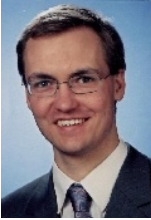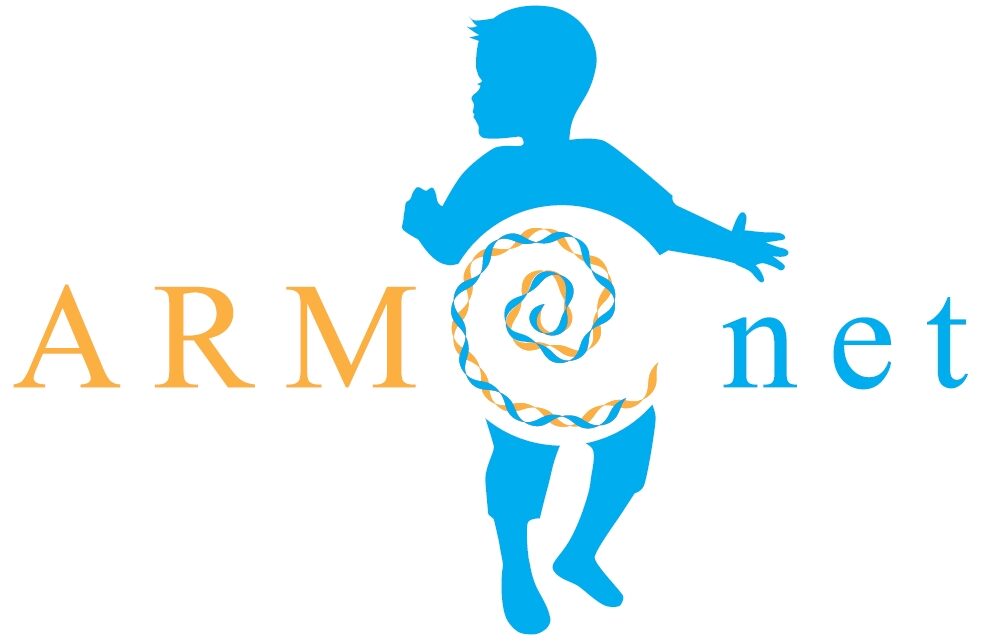
Ekkehart Jenetzky studied Medicine at the University of Tuebingen (1992-1995)
and at the Free University of Berlin (1996-2000) as well as Medical Informatics
(2001-2004) at the University of Applied Sciences in Berlin. In 2004 he defended
his medical thesis about radar quantification of motor activity in hyperactive
children, which included a patent and his medical informatic thesis about the
interoperability of HL7 version 2 and 3 in the example of a clinical pathway. From
2005 until 2008 he performed a postgraduate training in Medical Statistics at the
Institute of Medical Biometry and Medical Informatics at the University of
Heidelberg under the supervision of Prof. Victor. Since 2009 he is employed at the
Division of Clinical Epidemiology and Aging Research at the German Cancer
Research Center in Heidelberg under the supervision of Prof. Brenner. There he is
head of the German registry for uro-rectal malformations and was one of the
inaugurators of the German CURE-Network and of the European ARM- Network.
From 2000 until 2004 he was working at the Department of Child and Adolescent
Psychiatry, Psychosomatic and Psychotherapy at the Charité, University Medicine
Berlin. From 2004 to 2005 he was a medical controller introducing the DRG system
in a big hospital company (Kliniken Holding Neckar-Schwarzwald gGmbH) and from
2005 until 2008 he worked as biometrician at the Institute of Medical Biometry and
Medical Informatics at the University of Heidelberg. There he was involved in
multiple clinical studies, especially in neurology. From 2008 until 2011 he was
clinically working at the Child Center Maulbronn gGmbH, a hospital for pediatric
neurology and social pediatrics. There he started a nationwide standardization of a
movement test (www.bot-2.de). Since 2011 he is working beside his activities for
anorectal malformations (in science www.cure-net.de and as board member
of www.soma-ev.de) in a hospital of child and adolescent psychiatry,
psychosomatic and psychotherapy at the University of Mainz.
Since ten years his aim is to increase the knowledge about anorectal malformations
through the development and administration of an ARM registry. This registry is a
core feature of the ARM-Net consortium, because “to enhance the knowledge and
quality of ARM, a registry is mandatory. To improve follow-up in rare conditions,
patient views have to be considered independently”.
